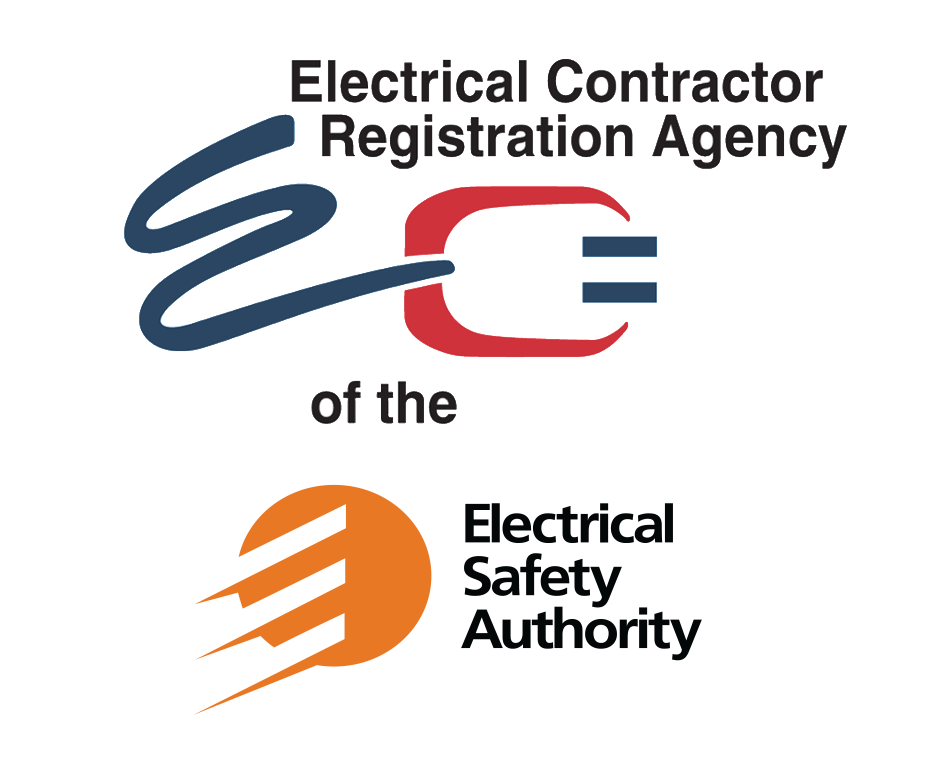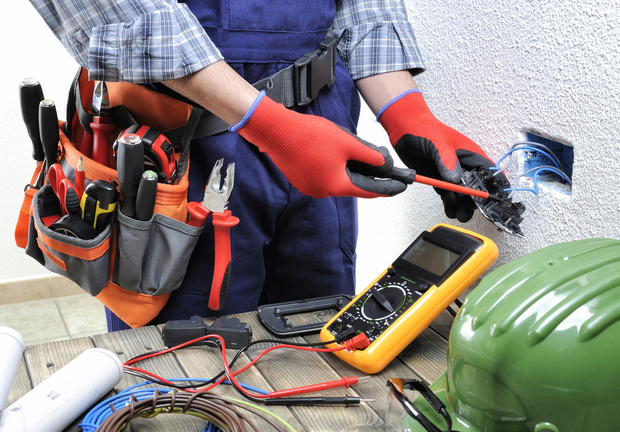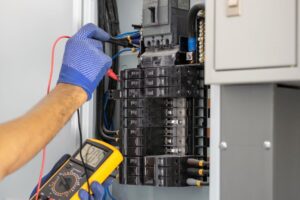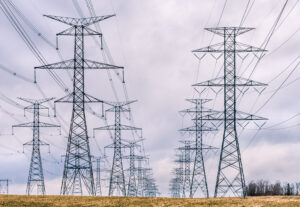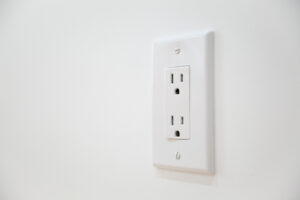Welcome, new homeowners! Congratulations on your big move! You may have already realized that with great power comes great responsibility. And by power, we mean electricity. As a first-time homeowner, dealing with electrical systems can be overwhelming and intimidating. However, it doesn’t have to be! In this post, we’ll explore five essential tips about electricity for new homeowners that will help you navigate through the world of circuits and outlets confidently. So grab a cup of coffee or tea and let’s dive in!
Have an electrician check your home before you move in
Whether you’re buying or renting, it’s always a good idea to have an electrician check your home before you move in. This way, you can be sure that everything is up to code and that there are no hidden issues that could cause problems down the road.
If you’re buying a home, your real estate agent should be able to recommend a reputable electrician in the area. If you’re renting, ask your landlord for a recommendation or look for one yourself. Once you’ve found an electrician, schedule an appointment for them to come out and take a look around.
Be sure to ask them to check things like outlets, switches, wiring, and the electrical panel. If they find any issues, they’ll be able to fix them right then and there. In some cases, they may even be able to upgrade your electrical system to accommodate for any new appliances or electronics you plan on bringing into the home.
After the electrician has finished their inspection, be sure to ask them for a copy of their report. This way, you’ll have documentation of any problems that were found and how they were fixed. Keep this report in a safe place in case you ever need to reference it down the road.
Get to know your electrical panel
Your electrical panel is one of the most important parts of your home’s electrical system. It is where the power comes into your home from the utility company and is distributed to the different circuits throughout your house. It is important to know how your electrical panel works and how to properly maintain it.
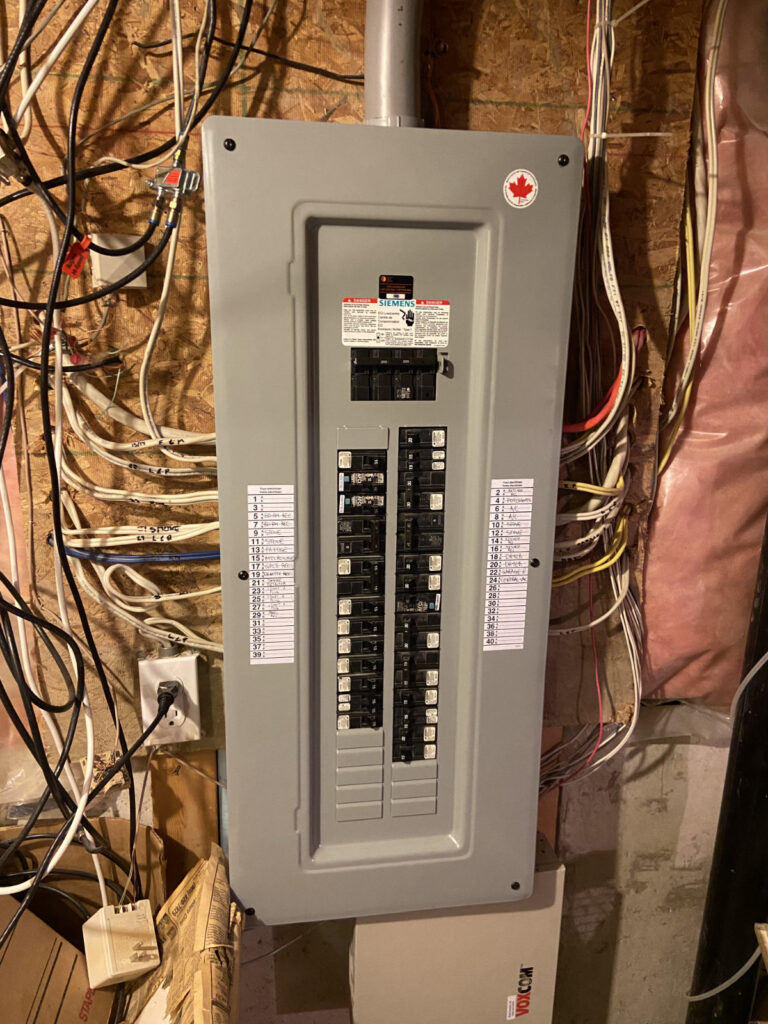
If you are a new homeowner, or if you have never had to deal with your home’s electrical system before, here are a few tips about electricity for the new homeowner:
1. Get to know your electrical panel:
Your electrical panel is typically located in your basement or in a utility closet. It contains circuit breakers or fuses that protect your home’s wiring from overloads. When there is an overload on a circuit, the breaker trips or blows the fuse, shutting off the flow of electricity to that circuit. This prevents fires by protecting against overheated wires.
2. Know which breaker controls which circuit:
Each circuit in your home is protected by its own breaker or fuse. The breaker or fuse box will have a diagram that shows which breaker corresponds to each circuit. It is important to know which breaker controls which circuit so that you can shut off the power to specific areas of your home in case of an emergency. For example, if there is a fire in your kitchen, you would want to shut off the power to that circuit at the breaker box so that the fire does not spread through the wiring in your walls
Learn the difference between 120-volt and 240-volt outlets
There are two types of commonly used electrical outlets in North America- 120-volt and 240-volt. Your home will have one or both types of outlets, depending on its age and wiring system.
120-volt outlets are the most common type of outlet found in homes. They are typically used for small appliances such as lamps, televisions, and computers. Most homes will have several 120-volt outlets scattered throughout.
240-volt outlets are less common but are often found in homes. They are typically used for larger appliances such as clothes dryers, stoves, and air conditioners. If your home has a 240-volt outlet, it will likely only have one or two.
To determine whether an outlet is 120-volt or 240-volt, look at the two prongs at the top of the outlet. If they are different sizes (one large and one small), it is a 240-volt outlet. If they are the same size (both large or both small), it is a 120-volt outlet.
Know what appliances need special outlets
There are some appliances in your home that require special outlets in order to work properly. These include your stove, dryer, and air conditioner. Each of these appliances has a specific type of outlet that it requires in order to function correctly.
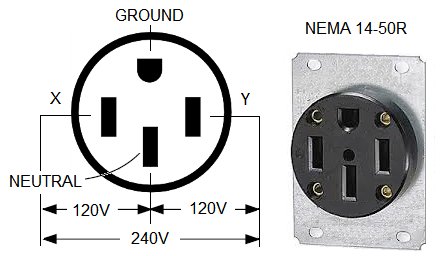
Your stove will need a 240-volt outlet in order to operate. This is a higher voltage than the standard 120-volt outlet, so you will need to make sure that your home has this type of outlet installed before you can use your stove.
Your dryer also requires a special outlet in order to work properly. This is called a 240-volt outlet, and it is necessary in order for your dryer to heat up properly. Again, this is a higher voltage than the standard 120-volt outlet, so you will need to make sure that your home has this type of outlet installed before you can use your dryer.
Install GFCI outlets in your kitchen and bathroom
If your home is more than 40 years old, chances are it doesn’t have GFCI outlets. GFCI, or ground fault circuit interrupter, outlets are designed to protect people from electrocution by interrupting the flow of electricity in the event of a short circuit or ground fault. Because they’re so effective at preventing accidents, the National Electrical Code now requires them in all new homes. If your home doesn’t have GFCI outlets, you can install them yourself with a few simple tools.
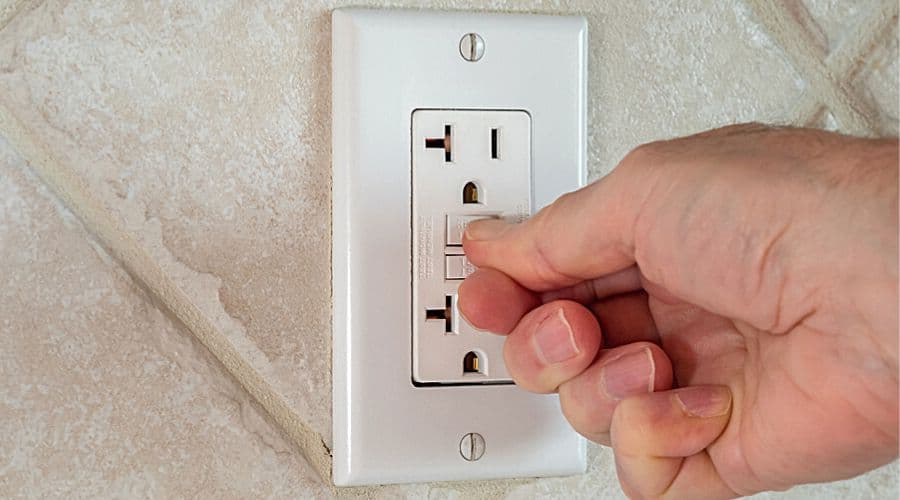
Start by turning off the power to the circuit you’ll be working on at the breaker box. Then remove the covers from the existing outlet and unscrew the outlet from the box. twist each wire around a terminal screw, then tighten the screws until they’re snug. Finally, attach the GFCI outlet to the box and screw it in place. Turn on the power and test the outlet by plugging in a lamp or small appliance.
Conclusion
As a new homeowner, it is important to have a basic understanding of electricity and how it works in your home. We hope that with the 5 tips we provided, you’re now feeling more confident about doing simple maintenance tasks like changing lightbulbs or resetting circuit breakers without fear of electric shock. Additionally, if you ever experience any issues related to electrical safety in your home, don’t hesitate to reach out to us for help.

